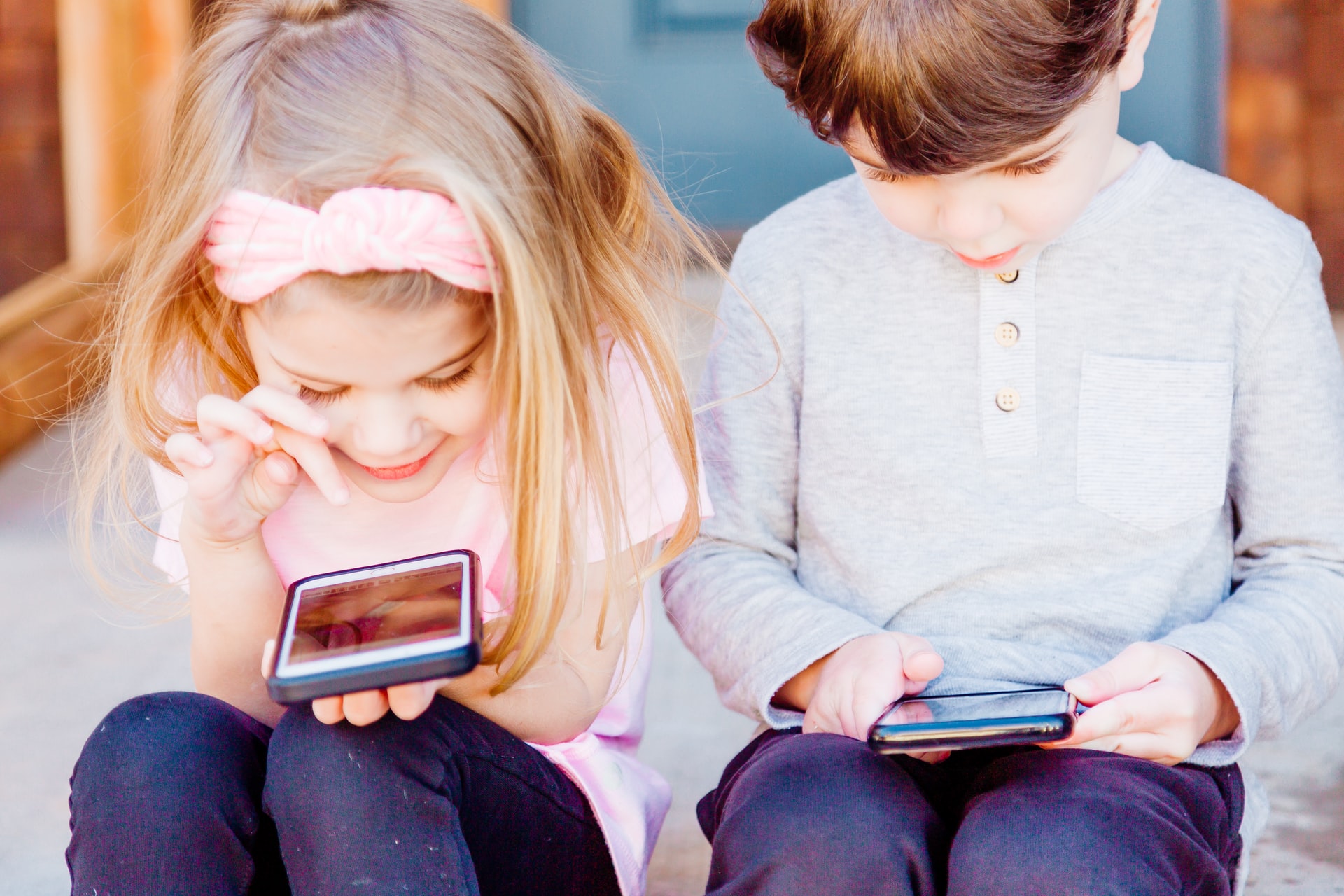Are you looking for genius ways to teach students not to become aggressive with teachers? If so, keep reading.
1. Do not force the student to interact with others.
2. Teach the student to think before acting (e.g., they should ask themselves, “What is happening?” “What am I doing?” “What should I do?” “What will be best for me?”).
3. Get the student to practice appropriate oral exchanges that should be made when typical physical exchanges take place (e.g., “Excuse me.” “I’m sorry.” etc.).
4. Let the student voice their opinion in a situation to avoid becoming angry or upset.
5. Assess the appropriateness of the task to determine (a) if the task is too easy, (b) if the task is too complicated, and (c) if the duration of time scheduled to finish the task is sufficient.
6. Praise those students in the classroom who demonstrate appropriate behavior when interacting with teachers.
7. Take the student away from the learning experience until they can demonstrate appropriate behavior and self-control.
8. Draft an agreement with the student stipulating what behavior is required (e.g., respecting the rules of physical proximity) and which reinforcement will be implemented when the agreement has been met.
9. Praise the student for demonstrating appropriate behavior based on the duration of time the student can be successful. As the student shows success, slowly increase the duration of time required for reinforcement.
10. Create classroom rules: • Complete every assignment. • Remain in your seat. • Finish tasks. • Meet task expectations. • Raise your hand. Examine rules often. Praise students for following the rules.
11. Connect with parents (e.g., notes home, phone calls, etc.) to disseminate information about the student’s progress. The parents may reinforce the student at home for respecting the norms of physical proximity at school.
12. Converse with the student to explain (a) what the student is doing wrong (e.g., pushing, pulling away, grabbing, etc.) and (b) what the student should be doing (e.g., following the rules, interacting in appropriate ways, dealing with anger and frustration in appropriate ways, etc.).
13. Praise the student for demonstrating appropriate behavior: (a) give the student a concrete reward (e.g., privileges such as leading the line, handing out learning materials, 10 minutes of free time, etc.) or (b) give the student an informal reward (e.g., praise, handshake, smile, etc.).
14. Consider using a classroom management app. Click here to view a list of apps that we recommend.
15. Consider using an adaptive behavior management app. Click here to view a list of apps that we recommend.
16. Consider using Alexa to help the student learn to behave appropriately. Click here to read an article that we wrote on the subject.
17. Click here to learn about six bonus strategies for challenging problem behaviors and mastering classroom management.





